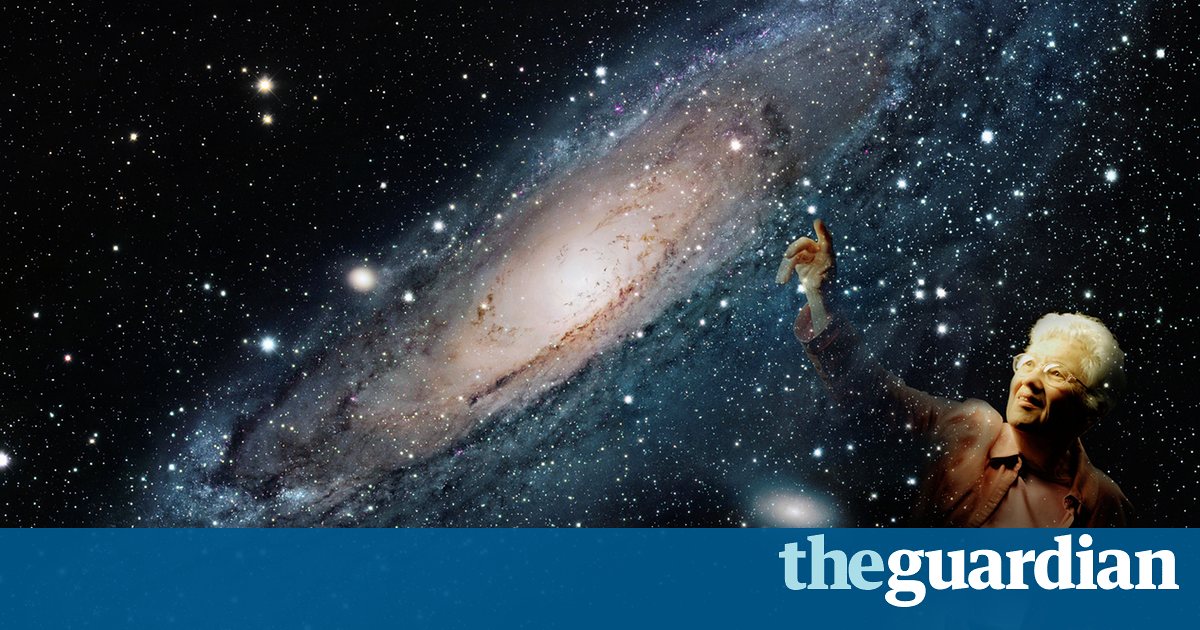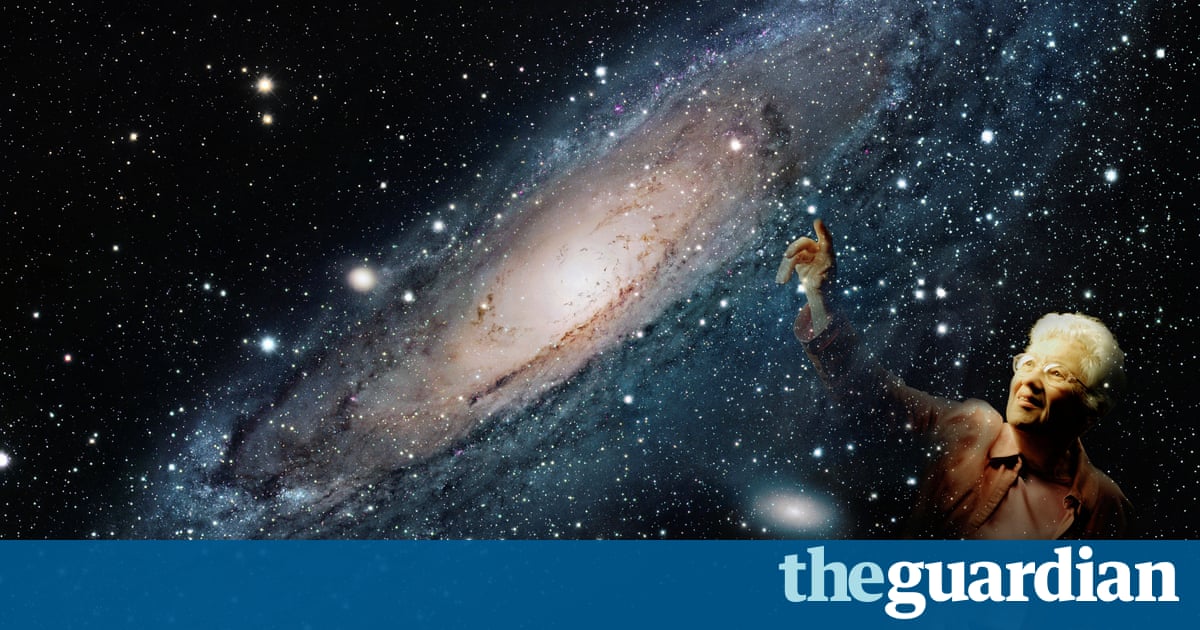Vera Rubin obituary

Astronomer who found evidence of the existence of dark matter and became an inspiration for women in science.

Vera Rubin once tweeted: “Dont let anyone tell you that you aren’t good enough. My science teacher once told me I wasn’t good enough for science and look at me now.” In the 1970s and early 80s Rubin, who has died aged 88, established that the stars in the outer regions of galaxies move at similar speeds to those in the middle, a result that led to the hypothesis that most of the universe is invisible, the cosmos filled with dark matter, mysterious stuff whose nature is still unknown. During recent years she became a popular favourite for a Nobel prize, but never received the accolade. Having battled sex discrimination throughout her career, she became an inspiration for women in science.
In the outer regions of the solar system, far away from the sun where the force of its gravity is more feeble than hereabouts, planets move more slowly than the Earth. Were Uranus to move as fast as us, it would escape from the solar system entirely, its centrifugal thrust too large for the weakened inwards gravitational pull from the sun. This has been understood since Isaac Newton in the 17th century, and is a cornerstone of Einstein’s general relativity: bodies orbiting a central mass will have speeds that fall in proportion to the square root of their distance from the centre.
Many galaxies of stars form spirals, where relatively few stars in the outer arms orbit around a dense mass of stars at the centre. Here too, the laws of gravity imply that the outer stars should move relatively slowly compared to those nearer the central mass. But when Rubin mapped the motion of stars in spiral galaxies, she discovered that, far from slowing with distance from the centre, they moved at similar speeds, or even travelled faster the further out they were.
Rubin’s results implied that the galaxies are rotating so fast that they should fly apart. Either Newton’s law of gravitational attraction, and by implication Einstein’s general relativity, form an incomplete description on cosmic scales, which would be truly revolutionary, or there are vast volumes of unseen matter that provide additional gravitational grip on the stars. This unseen stuff has become known as dark matter; dark in that it does not shine in the electromagnetic spectrum at any wavelength.
The concept of dark matter has become one of the most exciting insights into our place in the universe. Where Copernicus removed the earth from the centre of the universe in the 16th century, and the discovery of galaxies in the 20th century showed our sun and Milky Way to be mere bit players in the cosmos, Rubins discovery seemingly implies that matter, as we know it, consisting of atomic electrons, protons and neutrons, is but flotsam on a vast sea of dark matter. Current estimates are that dark matter outweighs our stuff by a factor of 10 to 20. So, following Rubins breakthrough, we now believe that we are not even made of the same stuff as most of creation.
Vera was born in Philadelphia, younger daughter of Philip Cooper, an electrical engineer, and Rose Applebaum, who worked for the Bell Telephone Company. The family moved to Washington DC when Vera was 10, and it was there that she developed an interest in astronomy. She was attracted to Vassar College as an undergraduate because Maria Mitchell, the first American to discover a comet, had worked there. After gaining a BA in astronomy in 1948, her first choice for graduate school was Princeton, but she never received the graduate prospectus, as women were not admitted to the graduate programme until 1975. Instead she joined Cornell University.
At Cornell in 1948 she met Robert Rubin, a fellow graduate student, whom she married. Following a masters at Cornell in 1951, she completed a doctorate at Georgetown University in 1954, where she studied the motion of galaxies. Edwin Hubble had discovered that galaxies are on the average rushing apart from one another, the key to the theory that the observable universe is the result of a big bang some 13.8bn years ago. Rubins thesis in 1954 showed that galaxies are not distributed uniformly throughout the universe, but tend to cluster and rotate around one another.
Rubin became an inspiration for women in science, especially, and further afield. She had four children, and most of her early career as an astronomer was part-time, so that she could be at home by the time the children returned from school. All four of her children later gained doctorates in mathematics or the natural sciences.
In 1964 Rubin became the first woman to use the Palomar Observatory in southern California. Her first discovery there was that it did not have toilet facilities for women. She returned to her office, cut some paper into the shape of a skirt and stuck it on the image of the person on the toilet door.
It was at Palomar, in a series of papers during the 1970s and early 1980s, that she made her most famous discoveries. She became a staff member at the Carnegie Institute of Washington in 1965, and it was with a young Carnegie colleague, Kent Ford, that she determined the distribution of mass in spiral galaxies by measuring their speeds of rotation.
Among many honours, she was a member of the US National Academy of Sciences, won the gold medal of the Royal Astronomical Society the first woman to have done so since Caroline Herschel in 1828 and asteroid 5726 Rubin was named after her. She received several honorary doctorates, including one from Princeton University half a century after having been barred from their graduate programme.
Her husband died in 2008, and her daughter, Judy, in 2014. Rubin is survived by three sons, Allan, David and Karl, five grandchildren and a great-granddaughter.
Vera Florence Rubin, astronomer, born 23 July 1928; died 25 December 2016
Read more: https://www.theguardian.com/science/2017/jan/01/vera-rubin-obituary